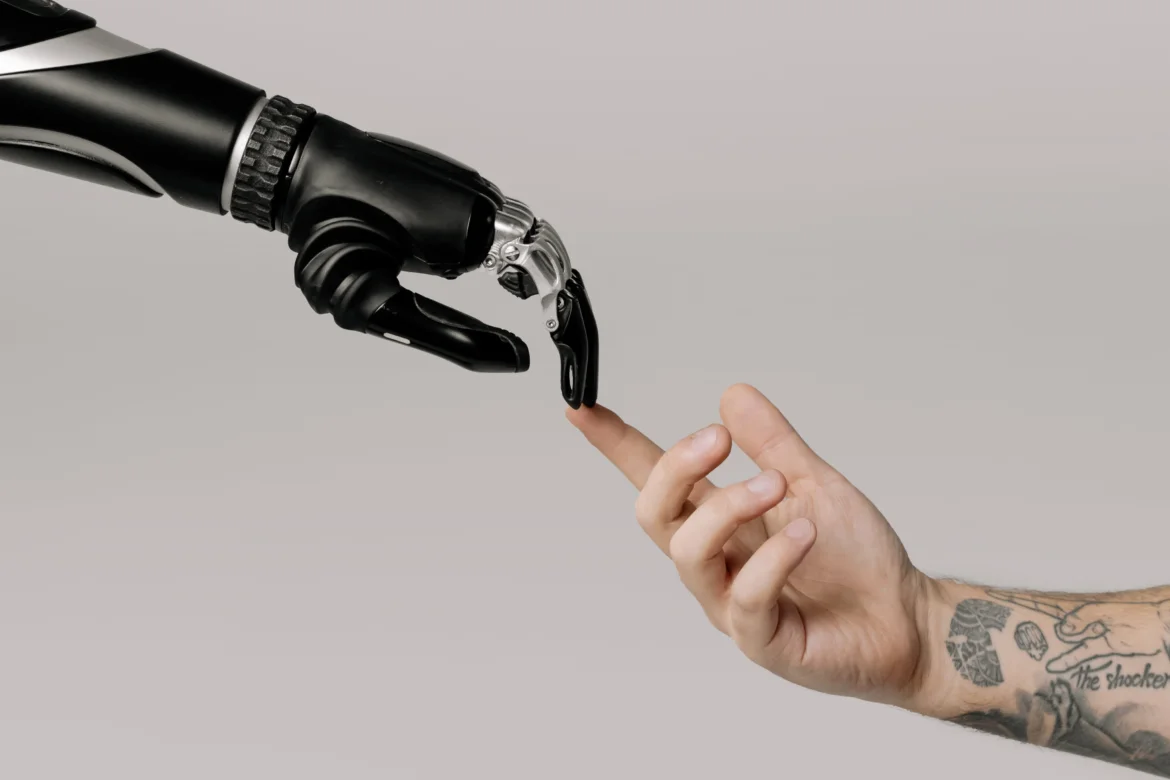As we stand on the cusp of 2024, Artificial Intelligence (AI) has firmly entrenched itself in our daily lives. It’s the digital companion steering our cars, the genius behind medical diagnoses, and the creative mind crafting personalized poems. However, in the vast landscape of AI, a fundamental question persists: Can we trust it? In the intricate dance between humans and machines, trust emerges as the linchpin. Let’s embark on a journey through the labyrinth of AI, unraveling the complexities to build a foundation of trust that withstands the test of time.
Why Trust is Imperative
AI’s reach extends far beyond the realms of science fiction, impacting crucial aspects of our lives such as medical decisions, financial transactions, and even legal judgments. Blindly placing faith in this technology is a perilous path. Instead, what we need is a rational trust, one grounded in a profound understanding of how AI operates, acknowledges its limitations, and ensures safeguards for responsible use.
Demystifying the Machine: Transparency as the Cornerstone
Transparency serves as the cornerstone for establishing trust in AI. Despite its brilliance, AI often operates as an enigma. We must break down this barrier by advocating for explainable models. Algorithms should not resemble black boxes, churning out results shrouded in mystery. Picture a scenario where you can ask an AI doctor, “Why did you diagnose me with this condition?” and receive a clear, data-driven explanation. This level of transparency not only fosters understanding but also lays the groundwork for trust to flourish.
The Bias Blind Spot: Illuminating Shadows in AI
AI, a creation of human ingenuity, inevitably mirrors the biases inherent in its creators. The data sets driving AI learning are often tainted with human prejudice. This results in algorithms that perpetuate discrimination, impacting areas like loan approvals and facial recognition. To nurture trust, we must actively debias data sets and implement rigorous fairness checks throughout the AI development process. Similar to the pursuit of diversity in human teams, diverse perspectives in AI development are essential to counteract inherent biases and ensure equitable outcomes.
The Accountability Dilemma: Untangling the Web
As AI undertakes progressively complex tasks, the issue of accountability takes center stage. Who bears responsibility when an AI makes a mistake? Is it the programmer, the algorithm itself, or the company deploying it? To cultivate trust, we urgently need clear legal frameworks and ethical guidelines that define accountability, ensuring justice prevails in the wake of errors. Picture a scenario where a self-driving car meets with an accident – knowing who to hold accountable is paramount for upholding trust in this technology.
Building Partnerships, Not Replacements: The Human-AI Synergy
Trust in AI should not signal the demise of human expertise. Instead of fearing displacement, we should champion the cause of human-AI collaboration. Humans, with their intuition, critical thinking, and ethical grounding, play a pivotal role in guiding AI development and ensuring responsible use. Envision an AI surgeon working hand-in-hand with a human counterpart, leveraging AI’s precision while benefiting from human empathy and judgment.
Trust Takes Time, Not Technology: A Journey, Not a Destination
Lastly, trust is not an instantaneous switch but a journey that unfolds over time. Open dialogue about AI, its benefits, and risks is paramount. This conversation should span across experts, policymakers, and the general public. Building bridges of understanding across disciplines and ideologies is key to fostering collective trust in this powerful technology.
In conclusion, trusting AI is not a binary decision; it’s a dynamic journey. It demands transparency, vigilance against bias, and a collaborative spirit. By demystifying the machine, combating biases, prioritizing human-AI partnerships, and engaging in open conversations, we can navigate the labyrinth of AI and lay the groundwork for a future where humans and machines thrive in harmony.


Leave a Reply